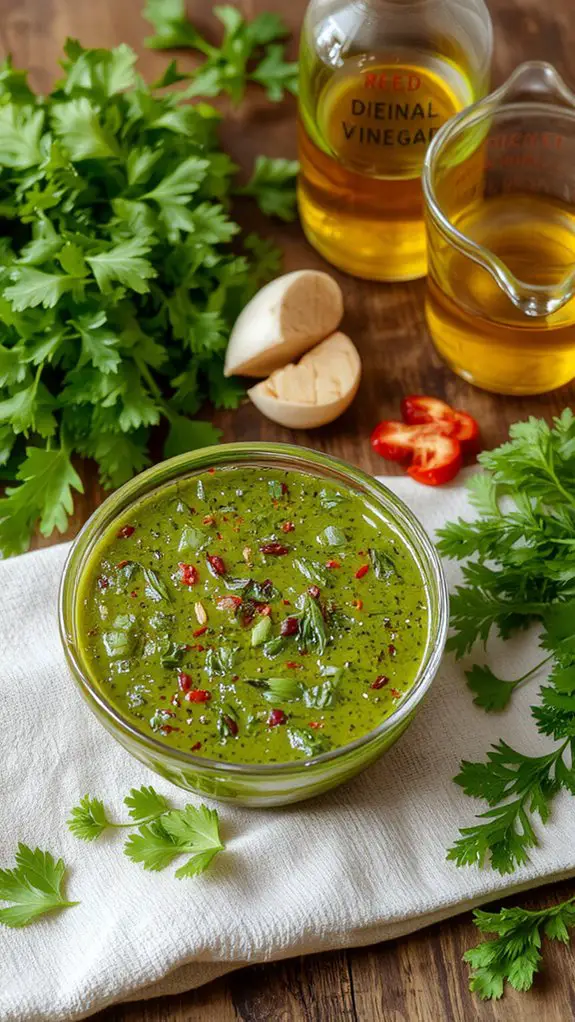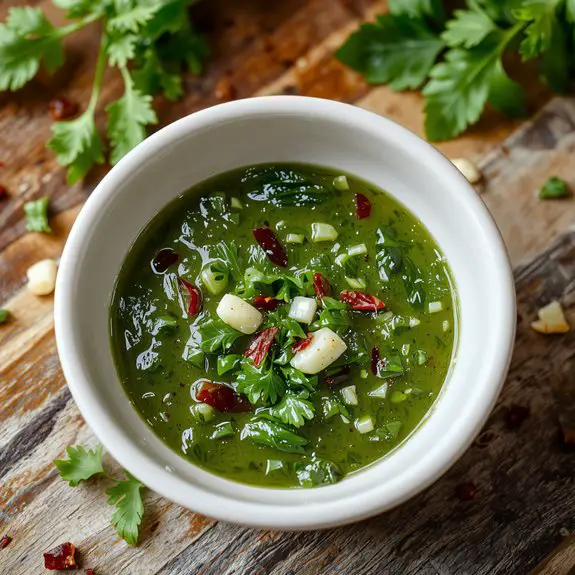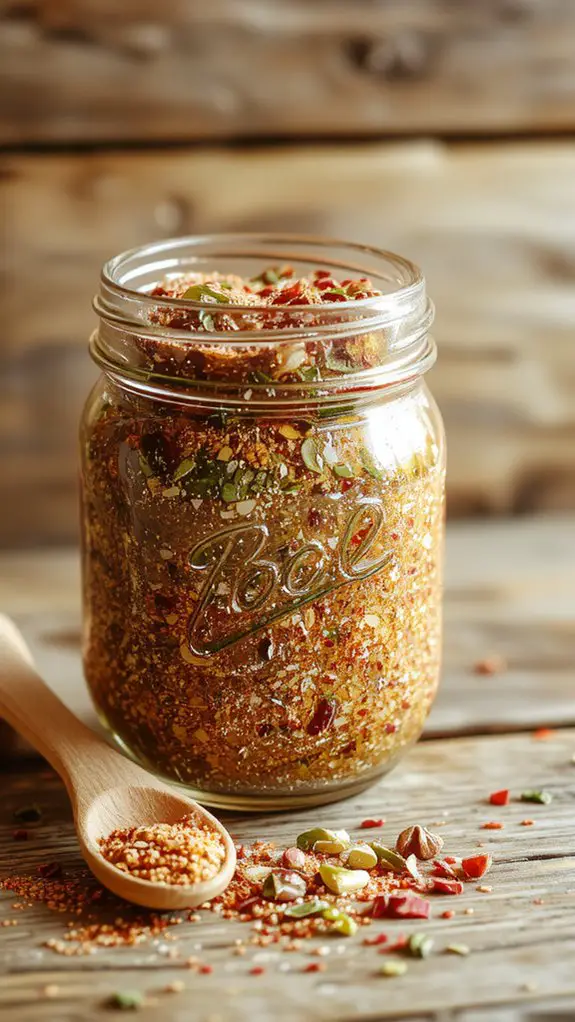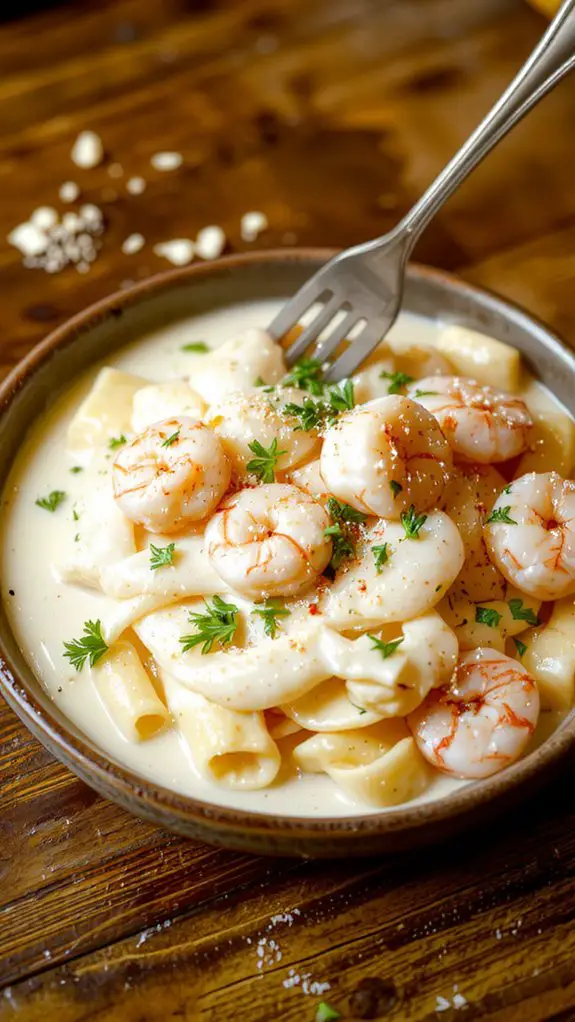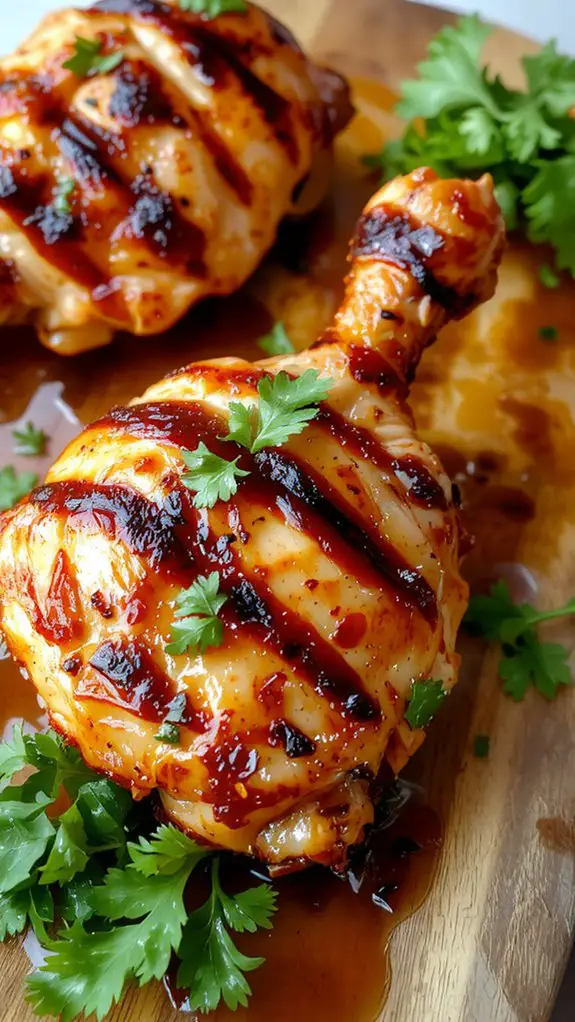Recipe
This chimichurri is hands-down the most vibrant, flavor-packed sauce you’ll ever whip up in under 10 minutes—I’ve made it dozens of times, and it never fails to steal the show. What makes it stand out? The freshest herbs, a punch of garlic, and a zesty hit of red wine vinegar come together in perfect harmony.
It’s my go-to summer condiment, whether I’m grilling steak, drizzling it over roasted veggies, or even spooning it onto crusty bread. The texture? Think herbaceous, slightly spicy, and luxuriously smooth with a bright pop of tang.
Best part? No fancy skills required—just chop, mix, and taste your way to chimichurri bliss. Trust me, once you try this, it’ll become a staple in your kitchen, too.
Ingredients
Chimichurri is all about fresh, vibrant flavors, so quality ingredients are key. Here’s what you’ll need to whip up this zesty, herby sauce—plus insider tips to make it shine.
- Fresh parsley: The backbone of chimichurri—use flat-leaf parsley for a smoother texture and richer flavor. Avoid dried parsley; it just won’t deliver the same freshness.
- Fresh cilantro (optional): Add a citrusy, slightly peppery kick if you’re a cilantro fan. Skip it if you’re not into its bold flavor—parsley alone works perfectly.
- Garlic: Use fresh cloves for that sharp, aromatic punch. Pre-minced garlic lacks depth, so take the extra minute to chop it fresh.
- Red wine vinegar: This adds the tangy bite that balances the herbs. Apple cider vinegar works in a pinch, but red wine vinegar is non-negotiable for authenticity.
- Extra virgin olive oil: Use a good-quality oil—it’s the base of the sauce and contributes to the silky texture. Regular olive oil or a neutral oil like avocado can work, but EVO is ideal for flavor.
- Oregano: Fresh is best, but dried oregano is a fine substitute if you can’t find it. Just use half the amount since dried herbs are more concentrated.
- Red pepper flakes: Adds a subtle heat—adjust based on your spice tolerance. Smoked paprika or cayenne can be a fun twist if you want smoky or fiery notes.
- Salt: Enhances all the flavors—sea salt or kosher salt works best. Start with a pinch and adjust to taste.
- Black pepper: Freshly ground pepper adds depth—don’t skip it!
Pro tip: Taste as you go and adjust seasoning to your preference. Chimichurri is forgiving, so don’t stress—it’s all about balance!
How to Make the Best Authentic Chimichurri Recipe
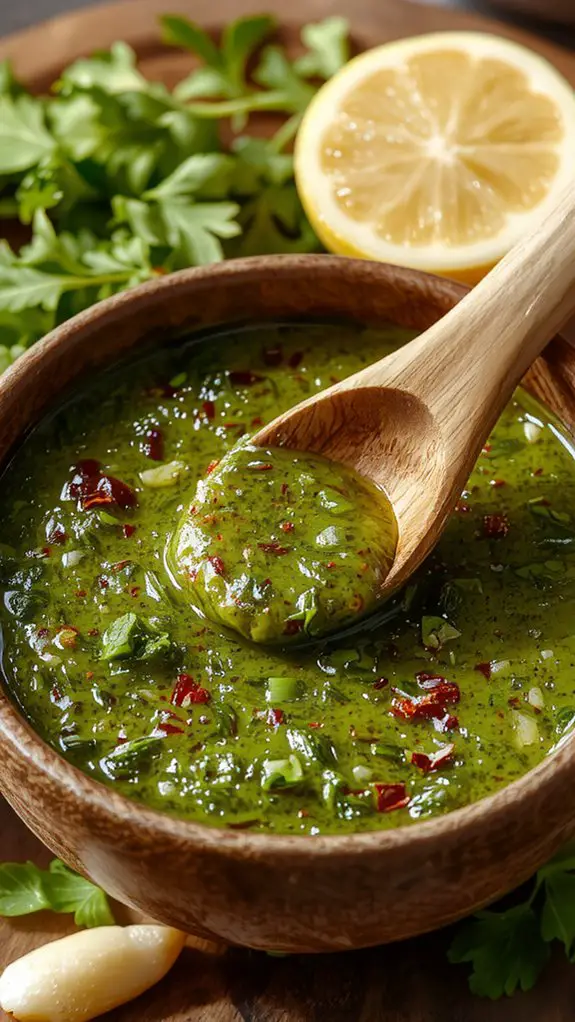
– Season with salt and pepper to taste. Start with a small amount and adjust as needed.
Remember, the flavors will develop over time, so don’t overdo it.
– Let the chimichurri sit for at least 30 minutes before serving. This resting period allows the flavors to deepen and meld.
For the best results, let it sit at room temperature rather than refrigerating immediately.
– Stir well before serving. The oil and herbs may separate while resting, so give it a good mix to recombine.
Taste and adjust seasoning if necessary.
– Store leftovers in an airtight container in the fridge. Chimichurri can stay fresh for up to a week.
Let it come to room temperature before using again for the best flavor.
– Pro Tip: If you prefer a smoother texture, pulse the herbs and garlic in a food processor before mixing with the liquids.
Avoid over-processing to maintain some texture.
– Watch Out: Don’t substitute white wine vinegar for red wine vinegar. The latter has a distinct tang that’s essential to the sauce’s authentic flavor.
Nutrition
Chimichurri is a flavorful sauce packed with fresh herbs and healthy fats. Here’s the nutritional breakdown per serving.
| Nutrient | Amount per Serving |
|---|---|
| Calories | 120 kcal |
| Fat | 12 g |
| Saturated Fat | 2 g |
| Carbohydrates | 3 g |
| Fiber | 1 g |
| Sugar | 0 g |
| Protein | 0 g |
| Sodium | 150 mg |
Chef Tips
To get the best flavor from your chimichurri, I always recommend using the freshest herbs you can find—parsley and oregano should be vibrant and crisp. Chop them finely for a balanced texture.
Use high-quality olive oil and red wine vinegar for depth. Let the sauce sit for at least an hour before serving to meld flavors. Taste and adjust seasoning as needed—salt is key!
Frequently Asked Questions
Can I Use Dried Herbs Instead of Fresh?
I’d say you can use dried herbs, but I’d reduce the amount since they’re more concentrated. I usually use one-third of what the recipe calls for if substituting. Fresh herbs give the best flavor, though!
How Long Does Chimichurri Last in the Fridge?
I’d say chimichurri lasts about one to two weeks in the fridge if I store it in an airtight container. I always check for off smells or discoloration before using it to make sure it’s still good.
Can I Freeze Chimichurri for Later Use?
Yes, I can freeze chimichurri for later use. I’ll store it in an airtight container or ice cube trays, leaving some space for expansion. Once frozen, it’ll keep well for up to three months. Just thaw before using.
Is Chimichurri Spicy?
Chimichurri isn’t usually spicy, but it depends on how I make it. I can add red pepper flakes or fresh chilies to kick up the heat, but without those, it’s more tangy and herbaceous than hot.
What Dishes Pair Well With Chimichurri?
I love pairing chimichurri with grilled steak, chicken, or shrimp—it’s a game-changer. It’s also fantastic on roasted veggies, baked potatoes, or even as a dip for crusty bread. Honestly, it elevates almost any savory dish I make.

